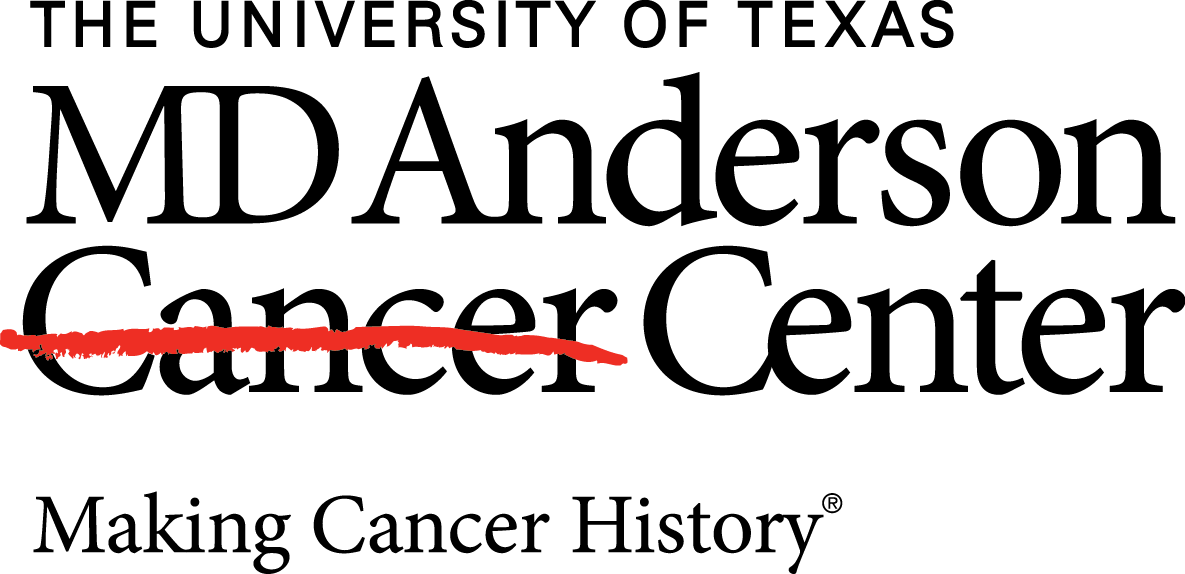- Advertise
- About OncLive
- Editorial Board
- MJH Life Sciences brands
- Contact Us
- Privacy
- Terms & Conditions
- Do Not Sell My Information
2 Clarke Drive
Suite 100
Cranbury, NJ 08512
© 2025 MJH Life Sciences™ and OncLive - Clinical Oncology News, Cancer Expert Insights. All rights reserved.
Dr Patel on the Efficacy of Ide-Cel in Patients With High-Risk R/R Multiple Myeloma
Krina K. Patel, MD, MSc, discusses the effect of high-risk features on outcomes with ide-cel in triple-class–exposed, relapsed/refractory multiple myeloma.
Krina K. Patel, MD, MSc, associate professor, Department of Lymphoma/Myeloma, Division of Cancer Medicine, The University of Texas MD Anderson Cancer Center, discusses the effect of high-risk clinicopathologic features on outcomes with idecabtagene vicleucel (ide-cel; Abecma) in triple-class–exposed, relapsed/refractory multiple myeloma.
The efficacy and safety of ide-cel vs standard-of-care (SOC) regimens was assessed in patients with high-risk features enrolled in the phase 3 KarMMa-3 trial (NCT03651128). High-risk characteristics included cytogenetic abnormalities, Revised International Staging System (R-ISS) stage III disease, high tumor burden, the development of extramedullary plasmacytoma (EMP), and triple-class–refractory disease. The analysis included patients with relapsed/refractory disease who had received 2 to 4 prior lines of therapy, including an immunomodulatory drug, protease inhibitor, and daratumumab (Darzalex), and were refractory to their previously administered regimen. Patients were randomly assigned 2:1 to ide-cel or a SOC regimen. Subgroups were generally composed of a small number of patients, Patel notes.
Results showed that patients with high-risk, triple-class–exposed multiple myeloma experienced superior benefit with ide-cel vs SOC regimens regardless of baseline characteristics, Patel states. In the R-ISS cohort, for example, median progression-free survival (PFS) was 5.2 months vs 3 months in the idel-cel group (n = 31) and standard group (n = 14) respectively, she reports. The high-risk cytogenetic group had the longest time to disease progression, with median PFS increasing from 4.2 months with the control to 11.9 months with ide-cel, Patel adds. Moreover, overall response rates (ORRs) also improved with ide-cel across all subgroups. This included a higher likelihood of achieving a complete response.
Although this trial was not designed to assess the predictive value of high-risk disease characteristics in this population, it generates an interest in assessing whether patients with these features would benefit from interventions during the bridging period or apheresis before receiving CAR T-cell therapy, Patel continues.
Many patients receive bridging therapy to control the progression of myeloma while awaiting the development of CAR T-cell products, Patel explains. Patients that respond to bridging therapy are known to experience more benefit and less toxicity with CAR T-cell therapy vs those whose disease has worsened going into treatment. Accordingly, the use of bridging therapy prior to ide-cel could improve outcomes for high-risk subgroups, and is an avenue for future evaluation, Patel concludes.


